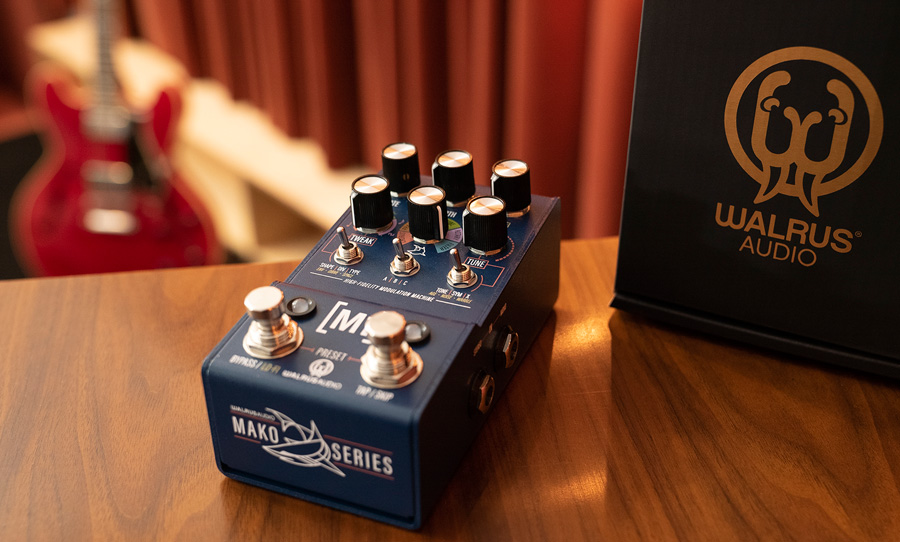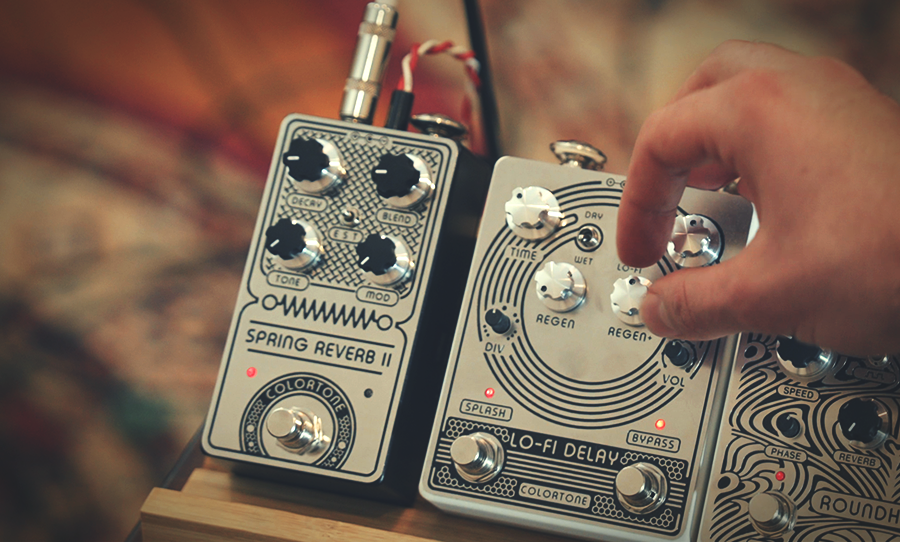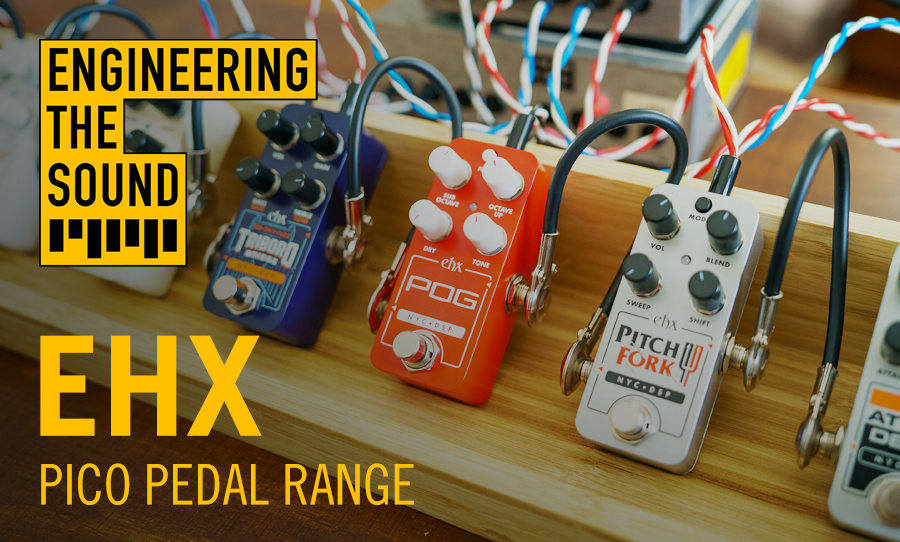Walrus Audio is one of the most innovative pedal manufacturers to emerge in recent years. Engineering the Sound tested out the M1: a pedal that’s pushing modulated tone into new realms.
It’s been a meteoric rise to prominence for Walrus Audio since emerging around a decade ago. Their reputation is founded on a base of musicality and experimentation; the company’s new M1 High-Fidelity Modulation Machine (which is part of the MAKO Series) epitomises that philosophy.
Comprising Chorus, Tremolo, Phaser, Vibrato, Rotary, and Filter characters, there is a multitude of classic modulation tones to enjoy. But for this ambitious stompbox, that’s only the beginning.
Getting hands-on
There is a grand total of six knobs, three switches (each with three positions), and two footswitches (with secondary functions) available on the M1. And while “pedal” is the operative word, performing tweaks with your hands is key to getting the most out of this beast.
The central knob (with the Mako Shark graphic attached) is where you can dial in one of the six aforementioned characters. To the left of that knob is the Tweak knob, which works in combination with the switch below it. When you’ve dialled in a modulated effect via the Tweak controls, you can then control its master volume by reaching for the Lo-Fi knob.
Similarly, to the right, the Tune knob offers up its own way to expand on the core characters of the M1. Again, it’s linked to the switch below it — where you can adjust the overall tone, symmetry of the waveform (for some pretty out-there rhythmic effects), and X, which controls different effect-dependent parameters.
On the top row are knobs for tweaking more conventional modulation parameters, like Rate and Depth.

Lo-Fi layering
The M1 reveals even more depths when you hit and hold the bypass switch. A second layer of lo-fi effects comes to the fore, which adds more to an already versatile unit.
Dynamics-based envelopes, analog-style drive, reverb, Age (which utilises specially designed filters to create some antique and chaotic radio tones), noise, and Warble for some unpredictable sonic deformations.
As you might suspect, this is a pedal for sound design enthusiasts. And the boffins will be glad to know that you can stack the M1 with up to 128 user-made presets. To really go nuts with your original creations, you’ll need to access the MIDI input, however, by using the A|B|C switch, you can save and/or access a total of nine onboard presets.

The fact that Walrus Audio included the capability for users to build comprehensive preset libraries speaks to the ambition of the M1. To subtitle the “High-Fidelity Modulation Machine” might seem ostentatious at first, but when you dive in, you’ll realise that this description barely scratches the surface.
For more details, visit the Walrus Audio website.



